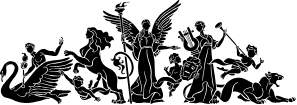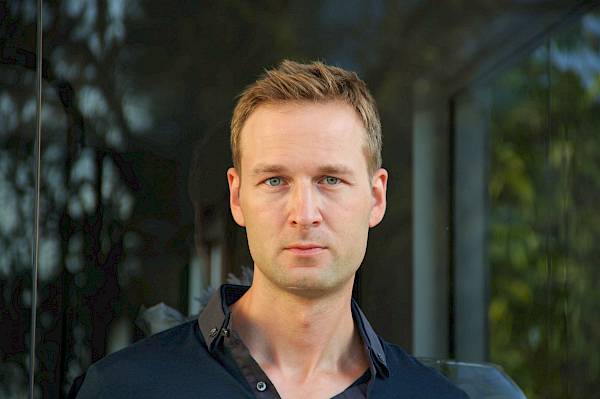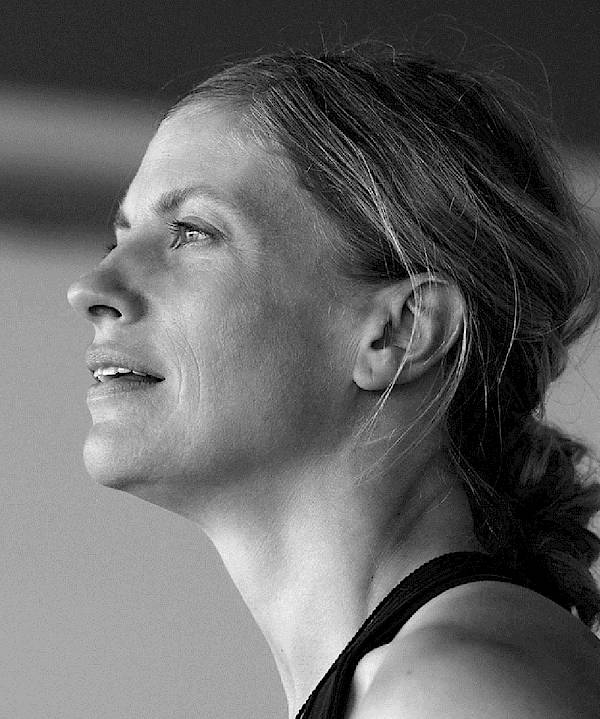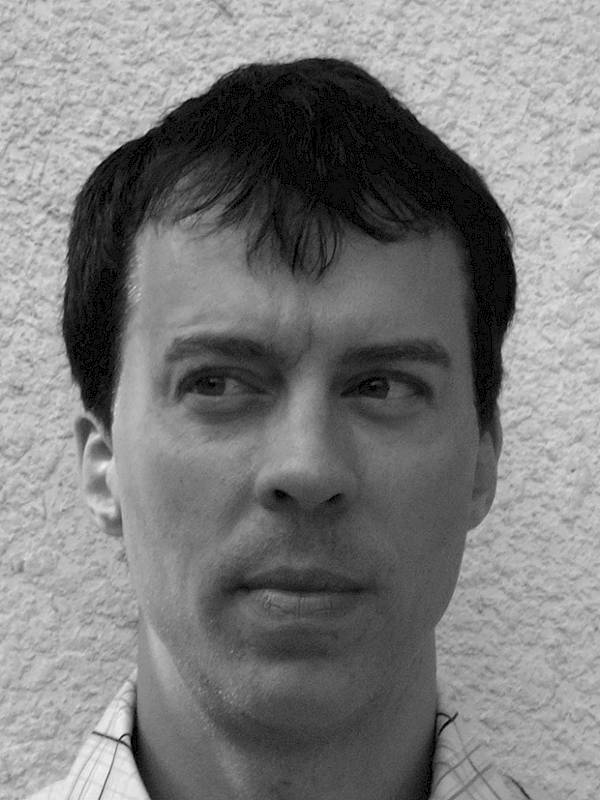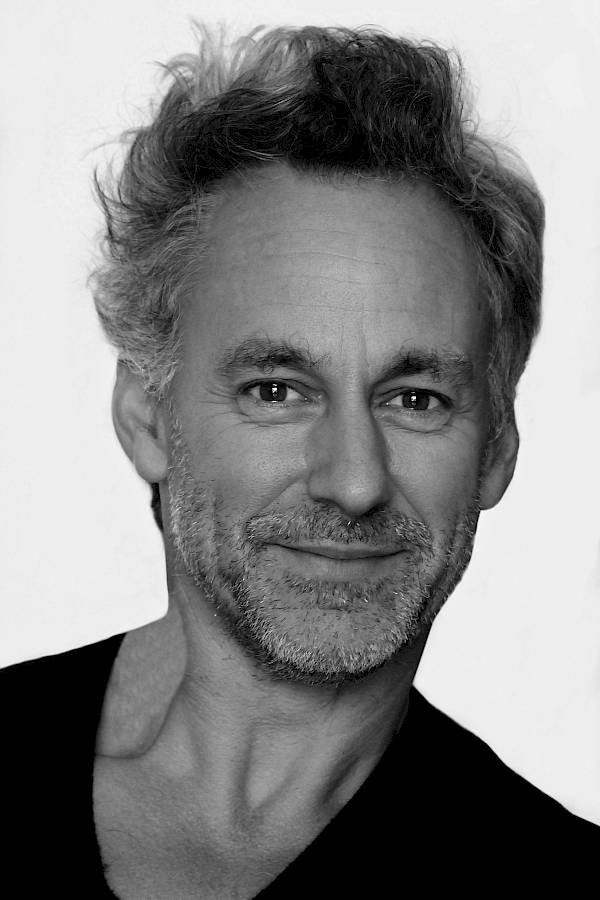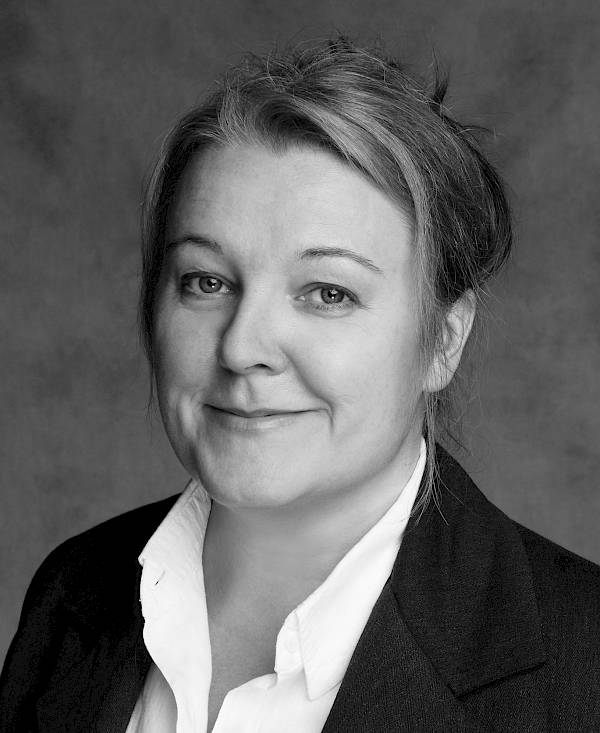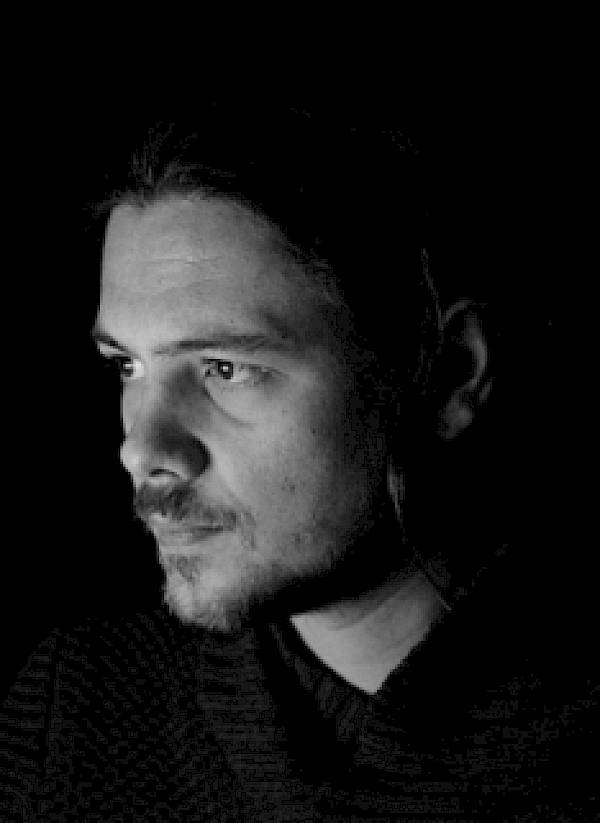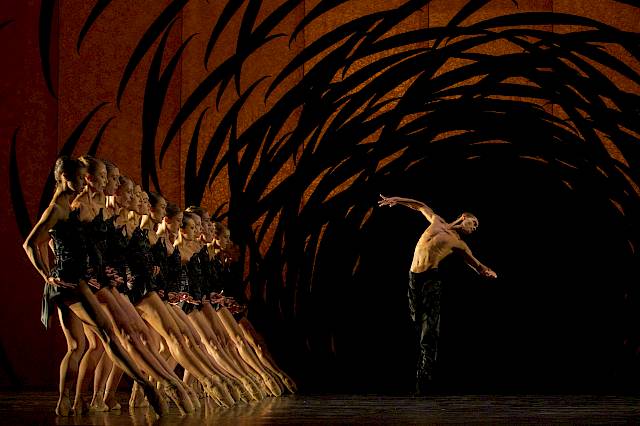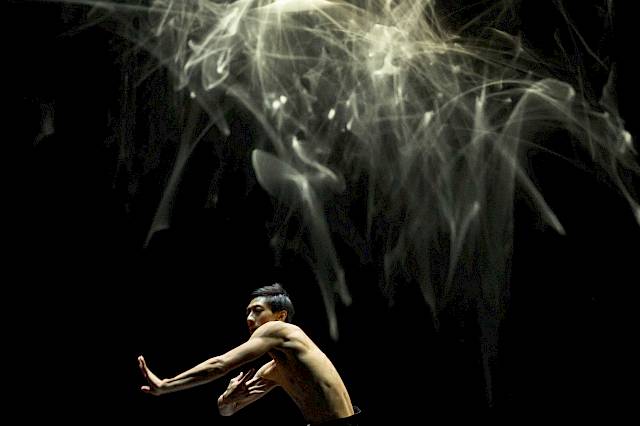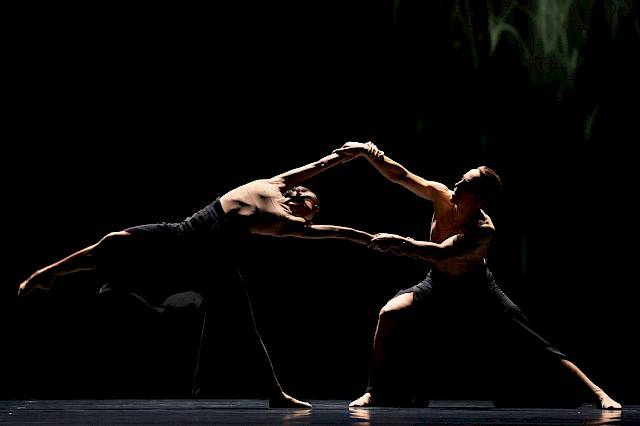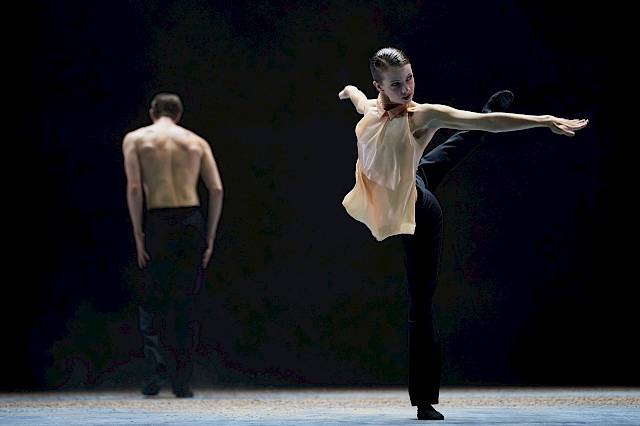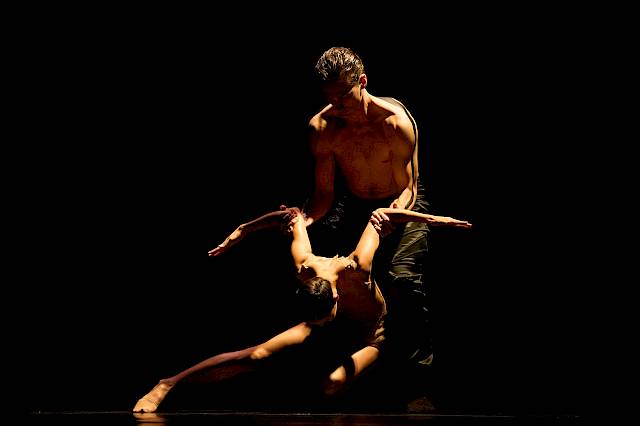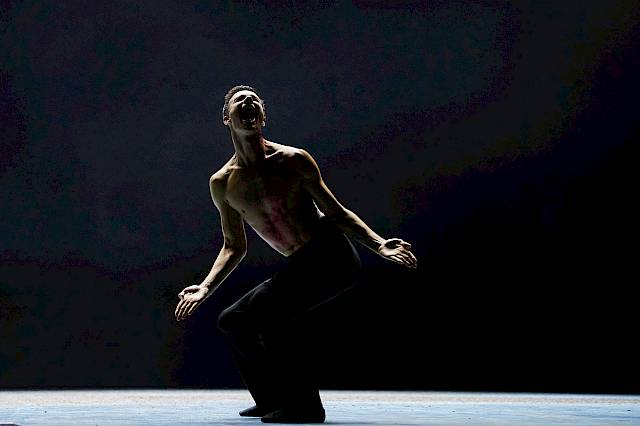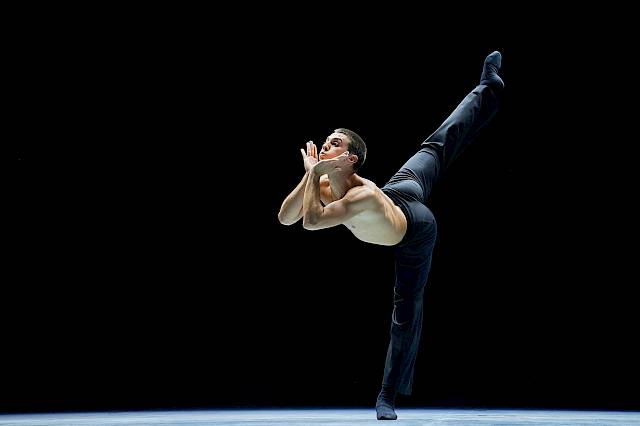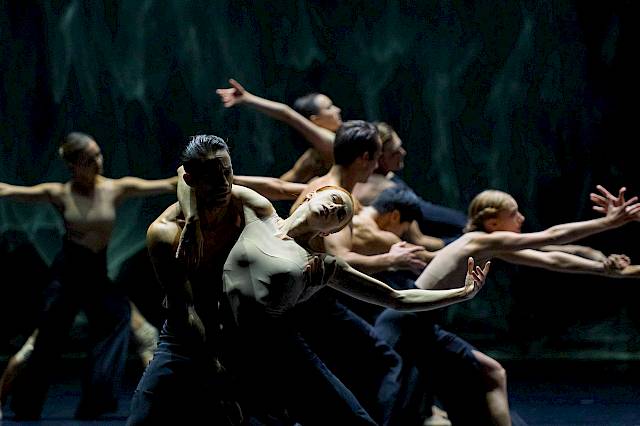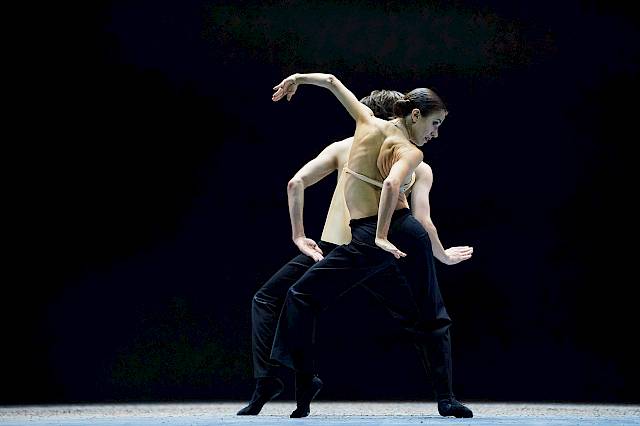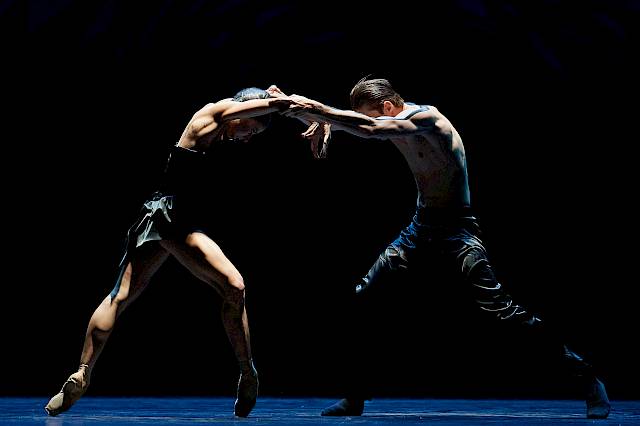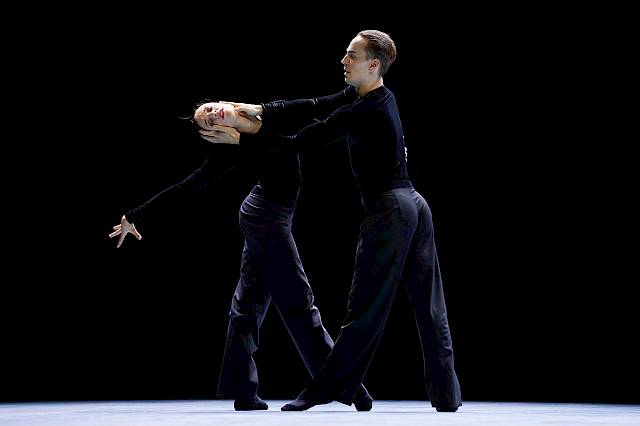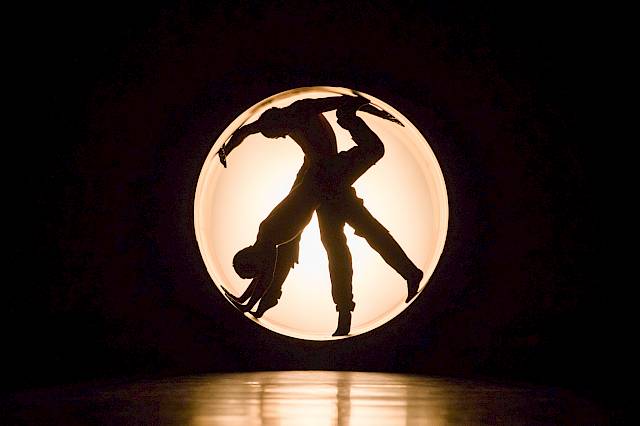Abstract
Crystal Pite is one of the most sought-after choreographers of our time. She leads her own company, called «Kidd Pivot», in Canada’s Vancouver, British Columbia, and is a regular guest of the greatest ballet companies in the world.
Crystal Pite’s piece Angels’ Atlas was developed as a co-production between the National Ballet of Canada and the Ballett Zürich. In her work, Pite explores the connection between light and dance: both choreography and the movement of light are mercurial and fleeting. But, according to the choreographer, «through dance, we can counter our own transience». For Angels’ Atlas in Zurich, Jay Gower Taylor and Tom Visser developed a sophisticated system for manipulating reflected light. With it, they create complex, picture-like images on a projection surface, creating a striking illusion of both depth and naturalness in the process.
This three-part performance begins with Pite’s well-regarded Emergence, which premiered in Zurich in 2018. In the process of creating the work, Pite took inspiration from the communal behavior of bees, using their swarm intelligence as a metaphor for a ballet company’s creativity. As they dance, it truly seems as though the dancers of Ballett Zürich become members of an insect colony.
Marco Goecke’s Almost Blue provides an exciting contrast to Pite’s work. Using classical ballet as a foundation, the German choreographer has developed an unmistakable language of movement that – in its amalgamation of nervousness and frenzy – repeatedly makes one aware of the nightmarish nature of dance. In Almost Blue, Goecke works through his painful departure from the Stuttgart Ballet, where he held the position of resident choreographer through 2018. Since then, he’s successfully led the ballet at the Staatstheater Hannover. Set to emotion-laden songs by blues and gospel legend Etta James, as well as to pieces by the American singer Antony Hegarty, the choreography becomes a stirring exploration of the past and transience.
